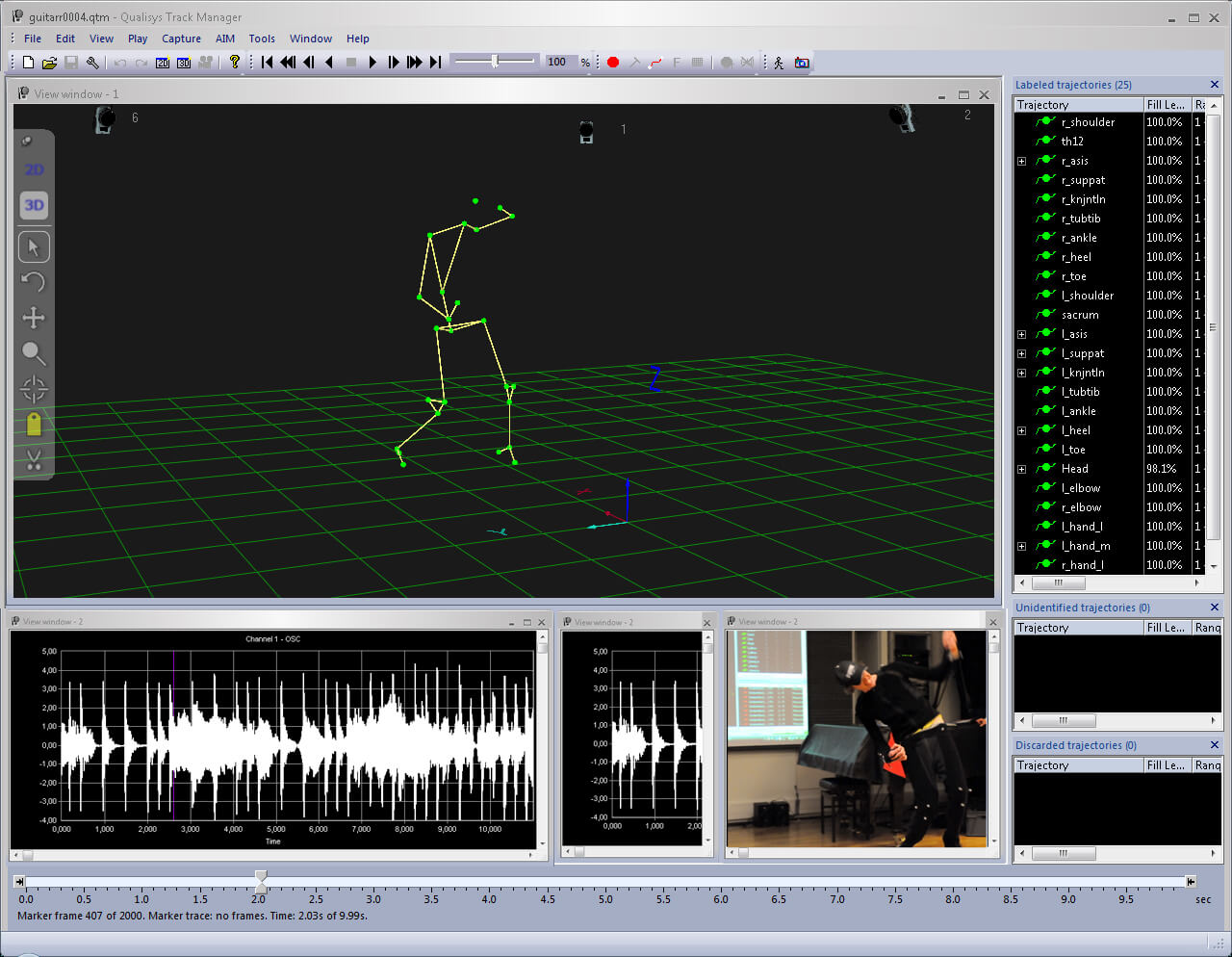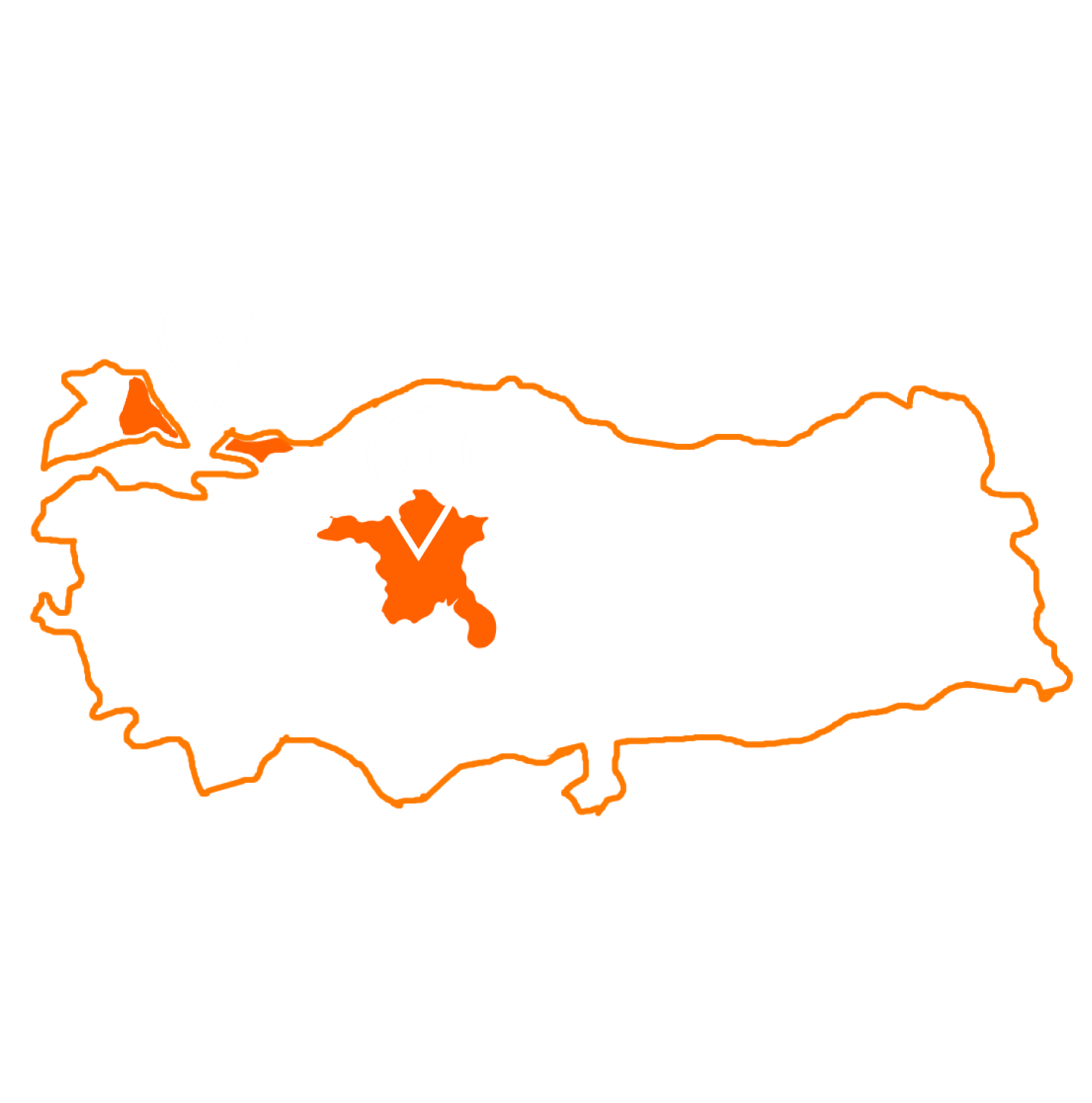In motion capture sessions, movements of one or more actors are sampled many times per second. Whereas early techniques used often the purpose of motion capture is to record only the movements of the actor, not their visual appearance. This animation data is mapped to a 3D model so that the model performs the same actions as the actor. This process may be contrasted with the older technique of rotoscoping.
Camera movements can also be motion captured so that a virtual camera in the scene will pan, tilt or dolly around the stage driven by a camera operator while the actor is performing. At the same time, the motion capture system can capture the camera and props as well as the actor’s performance. This allows the computer-generated characters, images and sets to have the same perspective as the video images from the camera. A computer processes the data and displays the movements of the actor, providing the desired camera positions in terms of objects in the set. Retroactively obtaining camera movement data from the captured footage is known as match moving or camera tracking.
The first virtual actor animated by motion-capture was produced in 1993 by Didier Pourcel and his team at Gribouille. It involved “cloning” the body and face of French comedian Richard Bohringer, and then animating it with still-nascent motion-capture tools.

Camera movements can also be motion captured so that a virtual camera in the scene will pan, tilt or dolly around the stage driven by a camera operator while the actor is performing. At the same time, the motion capture system can capture the camera and props as well as the actor’s performance. This allows the computer-generated characters, images and sets to have the same perspective as the video images from the camera. A computer processes the data and displays the movements of the actor, providing the desired camera positions in terms of objects in the set. Retroactively obtaining camera movement data from the captured footage is known as match moving or camera tracking.
The first virtual actor animated by motion-capture was produced in 1993 by Didier Pourcel and his team at Gribouille. It involved “cloning” the body and face of French comedian Richard Bohringer, and then animating it with still-nascent motion-capture tools.

Camera movements can also be motion captured so that a virtual camera in the scene will pan, tilt or dolly around the stage driven by a camera operator while the actor is performing. At the same time, the motion capture system can capture the camera and props as well as the actor’s performance. This allows the computer-generated characters, images and sets to have the same perspective as the video images from the camera. A computer processes the data and displays the movements of the actor, providing the desired camera positions in terms of objects in the set. Retroactively obtaining camera movement data from the captured footage is known as match moving or camera tracking.
The first virtual actor animated by motion-capture was produced in 1993 by Didier Pourcel and his team at Gribouille. It involved “cloning” the body and face of French comedian Richard Bohringer, and then animating it with still-nascent motion-capture tools.


